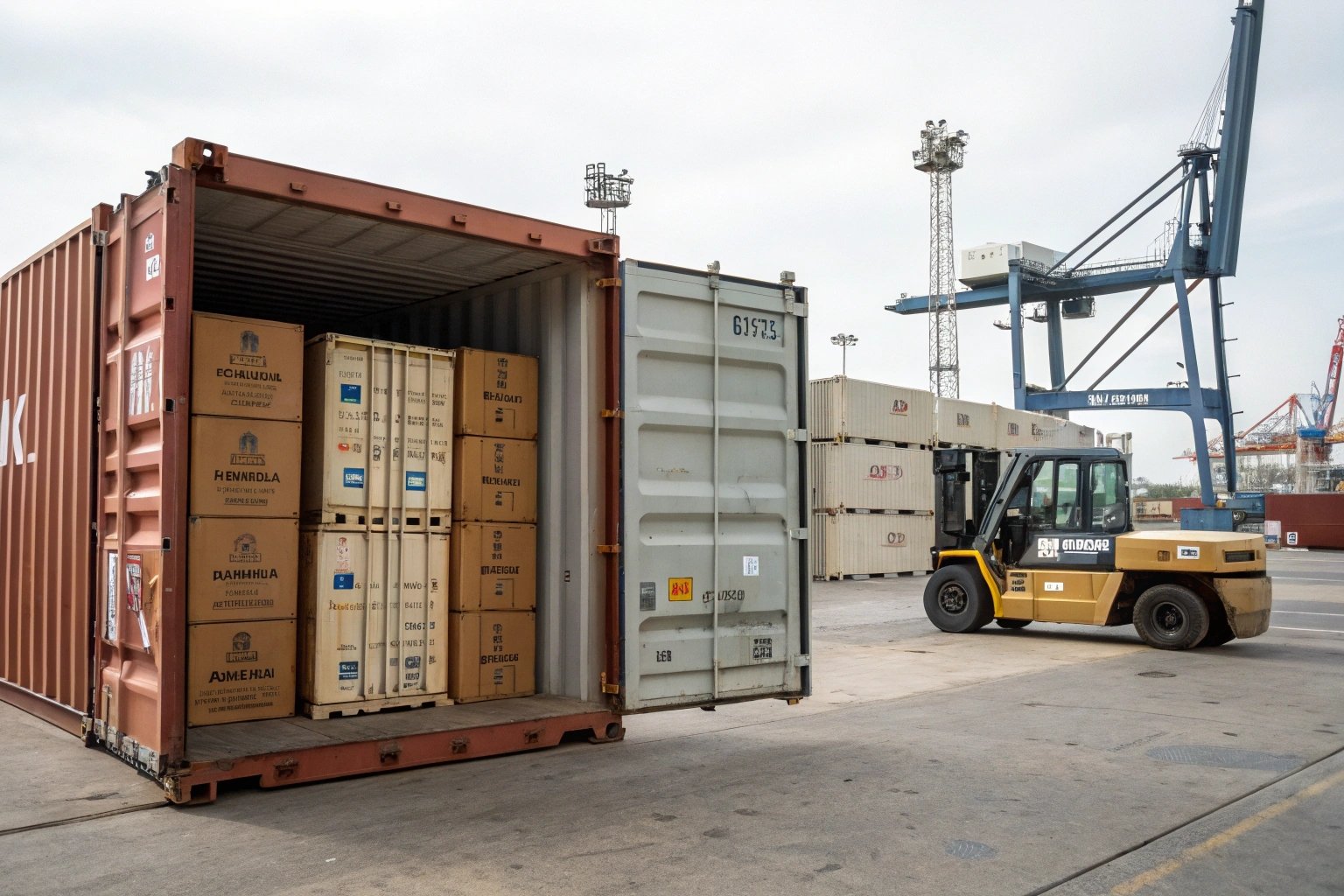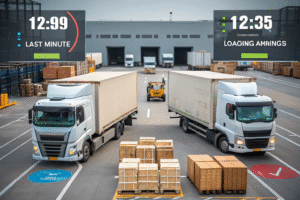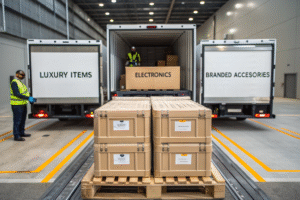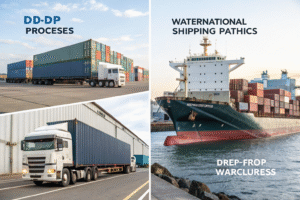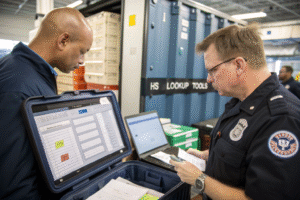Choosing the wrong container option can lead to delays, higher costs, and even cargo damage. Many importers struggle to decide between LCL and FCL.
To choose between LCL (Less than Container Load) and FCL (Full Container Load), consider your shipment volume, urgency, cost sensitivity, and risk tolerance. Each option fits different supply chain needs—and at GeeseCargo, we help you make the right choice.
Let’s break down both options, their differences, and how we guide clients like you to select the most efficient and cost-effective solution.
Key differences between LCL and FCL shipping
Before you decide what works best, it’s crucial to understand what LCL and FCL really mean in practice—not just in theory.
LCL means your goods share a container with other shippers. FCL means you rent the entire container for your shipment, even if you don’t fill it completely.
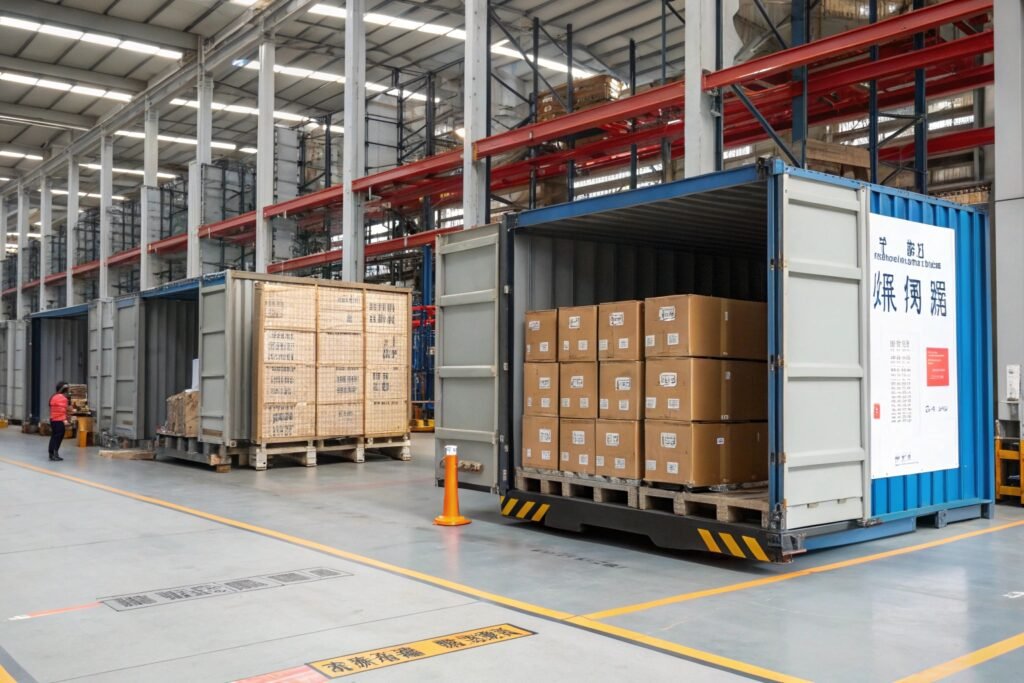
What are the structural and operational differences between LCL and FCL?
| Feature | LCL (Less than Container Load) | FCL (Full Container Load) |
|---|---|---|
| Container Usage | Shared with other shipments | Reserved for your cargo only |
| Cost Structure | Pay per CBM | Fixed price per container |
| Handling | More handling due to consolidation | Less handling, direct load/unload |
| Risk of Delay | Higher (depends on other cargo schedules) | Lower (you control movement) |
| Transit Time | Usually slower | Faster due to direct routing |
| Best For | Small volumes, cost-sensitive shipments | Large shipments, time-sensitive |
What does this mean for importers in real-world scenarios?
Let’s say you’re shipping 4 CBM of scarves from Ningbo to New York. LCL might save you money—but it might take 5–7 extra days due to consolidation and deconsolidation at both ends.
However, if you’re shipping 12 CBM of gift boxes, FCL may cost only slightly more but give you a cleaner schedule, safer handling, and faster delivery.
At GeeseCargo, we analyze both the numbers and logistics context to advise you case-by-case.
When to choose LCL for smaller cargo volumes
LCL sounds like a default choice for small shipments, but it isn’t always the best one. There are hidden risks to consider.
LCL is ideal for shipments under 8–10 CBM, especially when you’re not in a hurry. It reduces cost, but comes with longer transit time and more cargo handling.
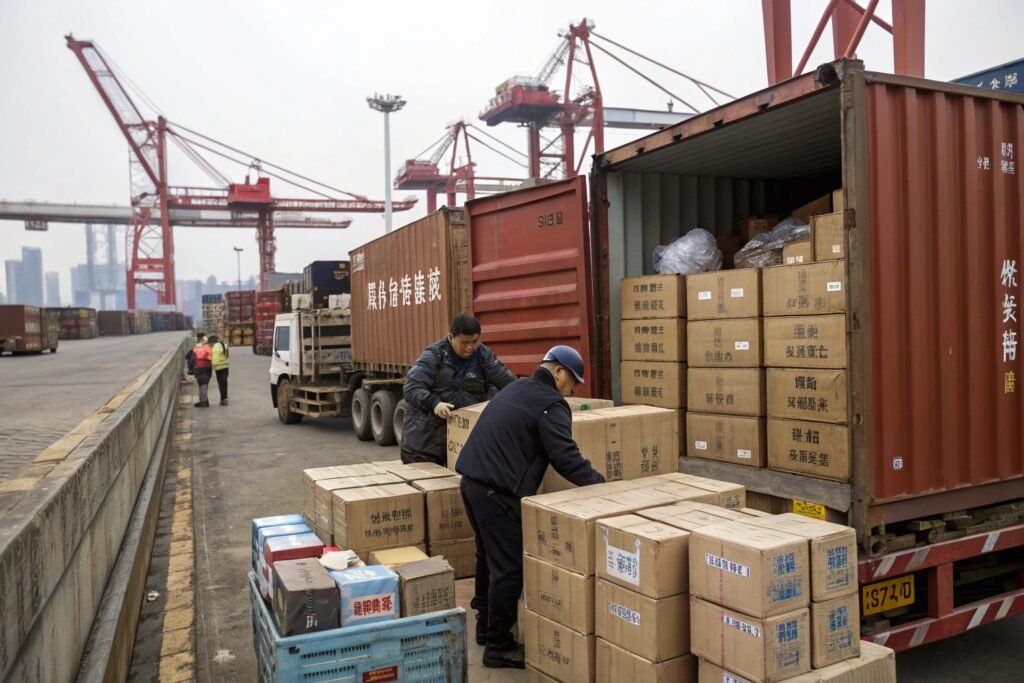
What are the benefits of LCL for small importers?
- Lower entry cost: You don’t need to fill a whole container.
- Flexible frequency: Ship smaller volumes more often.
- Cash flow control: Pay for what you ship, not unused space.
One of our clients imports 3 CBM of jewelry displays every 2 weeks. LCL suits them perfectly—they never overstock, and they save around 25% monthly by avoiding FCL.
What should you watch out for when using LCL?
| Risk | Why It Happens | How GeeseCargo Handles It |
|---|---|---|
| Delayed delivery | Waiting for enough cargo to consolidate | We choose faster, pre-filled consolidators |
| Cargo damage | Mixed goods packed together | We advise reinforced packaging and palletization |
| Hidden fees | Terminal handling, deconsolidation | We include all local charges upfront |
So while LCL is budget-friendly, it needs expert coordination to stay efficient. That’s where our experience pays off.
Cost comparison: LCL vs. FCL freight rates
At first glance, LCL seems cheaper than FCL—but there’s more to freight pricing than base cost per CBM.
LCL has lower freight rates per cubic meter but higher total handling charges. FCL is often more economical once your shipment volume exceeds 12–15 CBM.
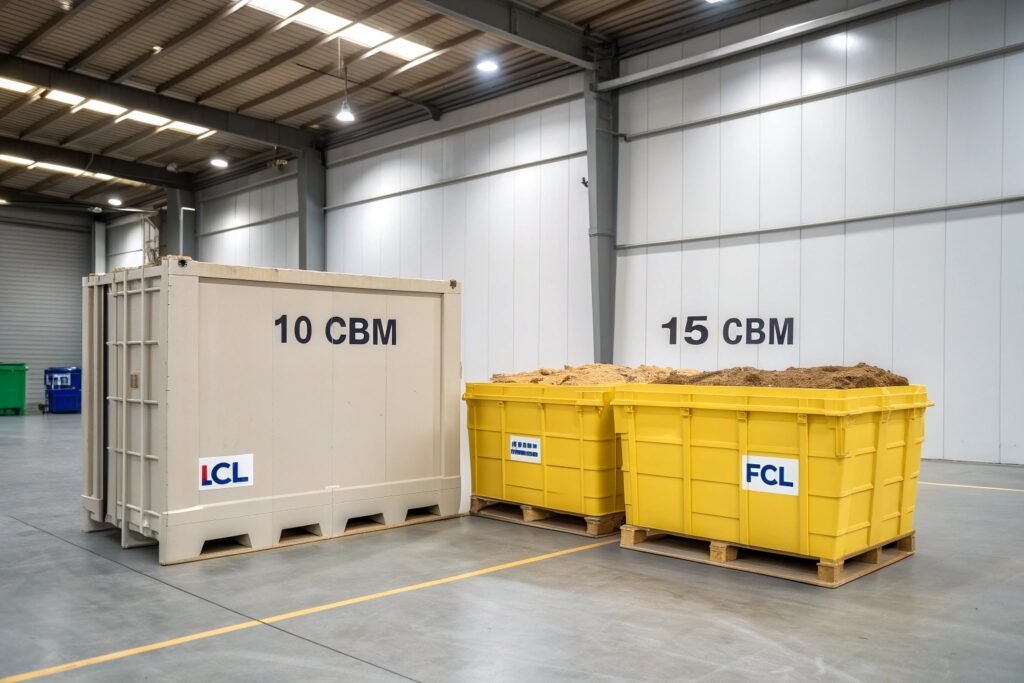
How do actual costs compare between LCL and FCL?
Here’s a simplified rate breakdown for a China–USA East Coast route:
| Shipment Volume | LCL Cost Estimate | FCL Cost Estimate (20ft) |
|---|---|---|
| 2 CBM | $380 | N/A |
| 6 CBM | $920 | N/A |
| 10 CBM | $1400 | $1900 |
| 13 CBM | $1700 | $1900 |
| 15+ CBM | $1950 | $1900 |
Prices include freight + local port charges
You can see that above 12 CBM, FCL becomes more cost-effective—and much cleaner logistically.
What fees should importers consider beyond basic freight?
| Charge Type | Applies to LCL | Applies to FCL | Notes |
|---|---|---|---|
| Freight per CBM | ✅ | ❌ | LCL billed by volume |
| Terminal Handling Charges | ✅ | ✅ | Usually higher per CBM for LCL |
| Deconsolidation Fee | ✅ | ❌ | Only LCL |
| Trucking | ✅ | ✅ | FCL sometimes includes direct delivery |
| Document Fee | ✅ | ✅ | Slightly higher for LCL due to split loads |
At GeeseCargo, we present these charges upfront—no surprises. We help you calculate the true landed cost of each shipping mode.
How shipment size affects your container choice
Knowing your shipment size in cubic meters (CBM) helps decide when it’s time to switch from LCL to FCL.
Your shipment volume is the most important factor in deciding between LCL and FCL. Generally, shipments above 12–15 CBM benefit more from FCL’s efficiency and predictability.
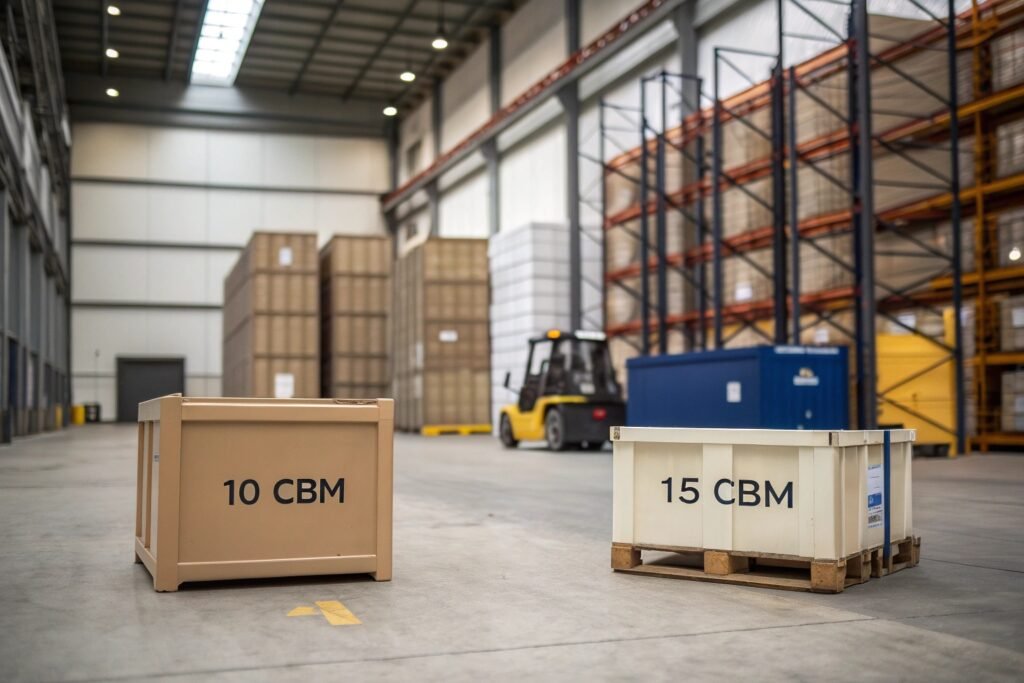
What container sizes are typically available?
| Container Type | Capacity (CBM) | Best For |
|---|---|---|
| 20FT Container | 28–30 CBM | Medium-volume goods, mixed boxes |
| 40FT Container | 58–60 CBM | Large-volume goods or light items |
| 40HC Container | 65–68 CBM | Voluminous but lightweight cargo |
Let’s say you’re shipping:
- 5 CBM: LCL is the clear choice
- 10 CBM: Depends on destination and urgency
- 14 CBM: FCL is often more stable and affordable
- 25 CBM: FCL is more cost-efficient and reliable
What if your volume fluctuates between shipments?
Many of our clients don't ship the same volume every time. In these cases, we:
- Offer “Mini-FCL” pricing for 10–13 CBM
- Combine FCL for bigger orders and LCL for restock
- Use our warehouse network to consolidate small batches into a full load
We even split a 40FT container between two clients with compatible goods—each paying only their share.
This flexibility helps you grow without overpaying or overcommitting.
Conclusion
Whether you go with LCL or FCL depends on more than just volume—it’s about timing, budget, and handling needs. At GeeseCargo, we walk you through the decision, calculate every angle, and help you ship smarter every time.
